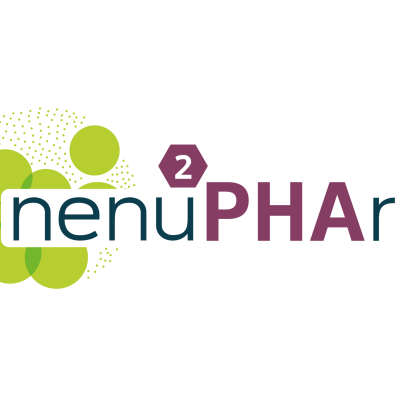Thanks to their mechanical, thermal and protective properties, plastics are indispensable in high-volume manufacturing of consumer products and packaging. Yet most of these plastics are produced using fossil fuels, can be hard to recycle and can lead to environmental hazards such as microplastic pollution.
While various efforts are under way to recover, reuse and recycle these plastics, an alternative approach gaining traction is to find biodegradable source materials.
Despite being widely recognised as a viable replacement for fossil fuel-based plastics, no sustainable PHA value chain exists yet in Europe.
Pablo Alvarez Diaz, project coordinator at NENU2PHAR
The NENU2PHAR project has successfully demonstrated a value chain that delivers a family of polymers called polyhydroxyalkanoates (PHAs) using bacteria grown on sugars produced by microalgae.
'Despite being widely recognised as a viable replacement for fossil fuel-based plastics, no sustainable PHA value chain exists yet in Europe,' explains Pablo Alvarez Diaz from the French Alternative Energies and Atomic Energy Commission, coordinator of the NENU2PHAR project.
Fuel that doesn't compete with food
PHAs are a class of renewable, biodegradable and bio-based polyesters considered members of the green polymer group. They have appealing physicochemical, thermal and mechanical properties, similar to polypropylene (PP) and low-density polyethylene (LDPE), which constitute the majority of plastic packaging used today.
'PHAs are particularly attractive because they are environmentally friendly at end-of-life, degrading in soil, aquatic media as well as home and industrial compost,' says Jean-François Sassi, co-coordinator of NENU2PHAR.
PHAs are particularly attractive because they are environmentally friendly at end-of-life.
Jean-François Sassi, co-coordinator at NENU2PHAR
However, because the bacteria need sugar to grow, producing large amounts of plastic in this way faces a serious challenge. 'Currently, the carbon feedstock used as fermentation substrates come from starch produced from crops like wheat and potatoes, so they compete with traditional agricultural supply systems and increase food prices,' Alvarez Diaz adds.
NENU2PHAR demonstrated that microalgae could be an ideal source of fuel for the bacteria. Growing algae in bioreactors captures large amounts of CO2 from the atmosphere and turns it into the starch needed by the hungry biopolymer-producing bacteria.
We got such positive feedback at various events, with people typically saying: "Wow, you’ve really done it."
Pablo Alvarez Diaz, project coordinator at NENU2PHAR
'Producing pure white starch from green sludgy microalgae was a highlight, and important, as the industry needs colourless, transparent plastics at the start of the production process,' notes Sassi.
The team also developed a process to extract PHAs from bacteria that uses more environmentally friendly solvents than conventional chlorinated varieties. The PHAs are then formulated into raw bioplastic production materials.
Encouragingly, there may already be a ready supply of the feedstock: microalgal biomass is routinely produced by European sewage facilities during the wastewater treatment processes. NENU2PHAR’s value chain could turn a waste stream into a revenue stream.
The catwalk to a more circular economy
Producing pure white starch from green sludgy microalgae was a highlight.
Jean-François Sassi, co-coordinator at NENU2PHAR
As a demonstration of the versatility and suitability of PHAs, the team has unveiled a collection of microalgae-derived bioplastic products. These include sliced cheese trays, film lids, pots and pouches for wet food such as yoghurts, roll-on bottles for deodorants, filament used in 3D printing, medical meshes, and textiles for agriculture.
'We got such positive feedback at various events, with people typically saying: "Wow, you’ve really done it". You can’t argue about the feasibility of these bioplastics while you are holding one of our yoghurt pots,' says Alvarez Diaz.

